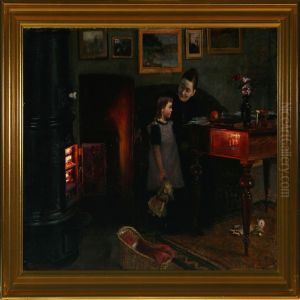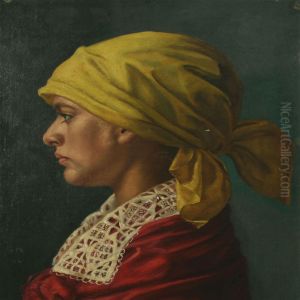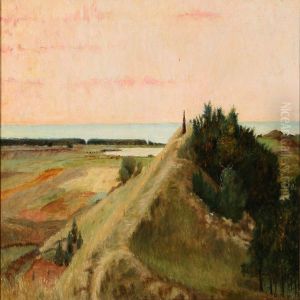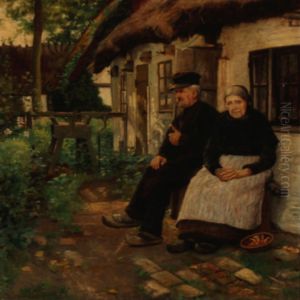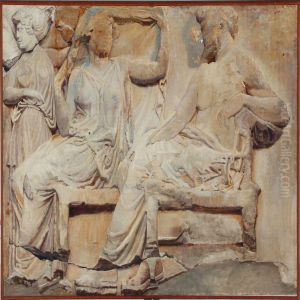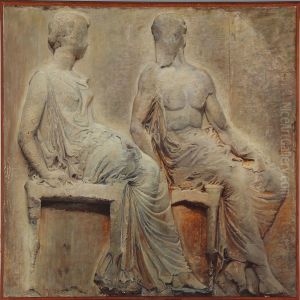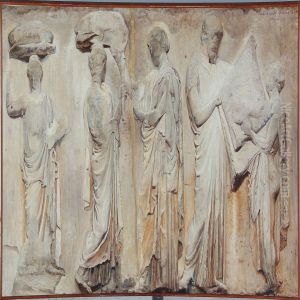Sofie Holten Paintings
Sofie Holten was a Danish sculptor born on December 17, 1869, in Copenhagen, Denmark. She was one of the few female artists of her time to gain recognition in the field of sculpture, which was dominated by male artists. Holten grew up in a period when opportunities for women in the arts were limited, yet she managed to carve out a successful career for herself through determination and talent.
Holten was educated at the Royal Danish Academy of Fine Arts in Copenhagen, where she studied under Professor Theobald Stein. She was one of the first women to receive formal training in sculpture at the Academy. Despite facing gender-based discrimination, Holten's skill and persistence allowed her to excel in her studies. Upon completion of her education, she continued to develop her artistic style, which was characterized by a blend of naturalism and symbolism.
Her work often featured subjects drawn from mythology and nature, and she was known for her attention to detail and her ability to capture the sensibilities of her time. One of her notable works is the sculpture 'Leda and the Swan', which showcases her talent in rendering human and animal forms with sensitivity and grace.
Despite the challenges of being a woman in a male-dominated field, Sofie Holten made significant contributions to Danish art. She exhibited her work at several important exhibitions, including the Charlottenborg Spring Exhibition and the World's Columbian Exposition in Chicago in 1893. Her sculptures were well-received, earning her a respectable place among her contemporaries.
Holten continued to create and exhibit her work throughout her life. She remained active in the Danish art scene until her death on July 21, 1930. Her legacy lives on in the collections of various museums and in the respect she garnered as a pioneer for women in the arts. Sofie Holten's dedication and achievements opened doors for future generations of female artists, making her an important figure in the history of Danish sculpture.
